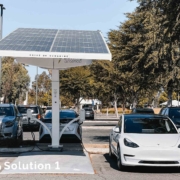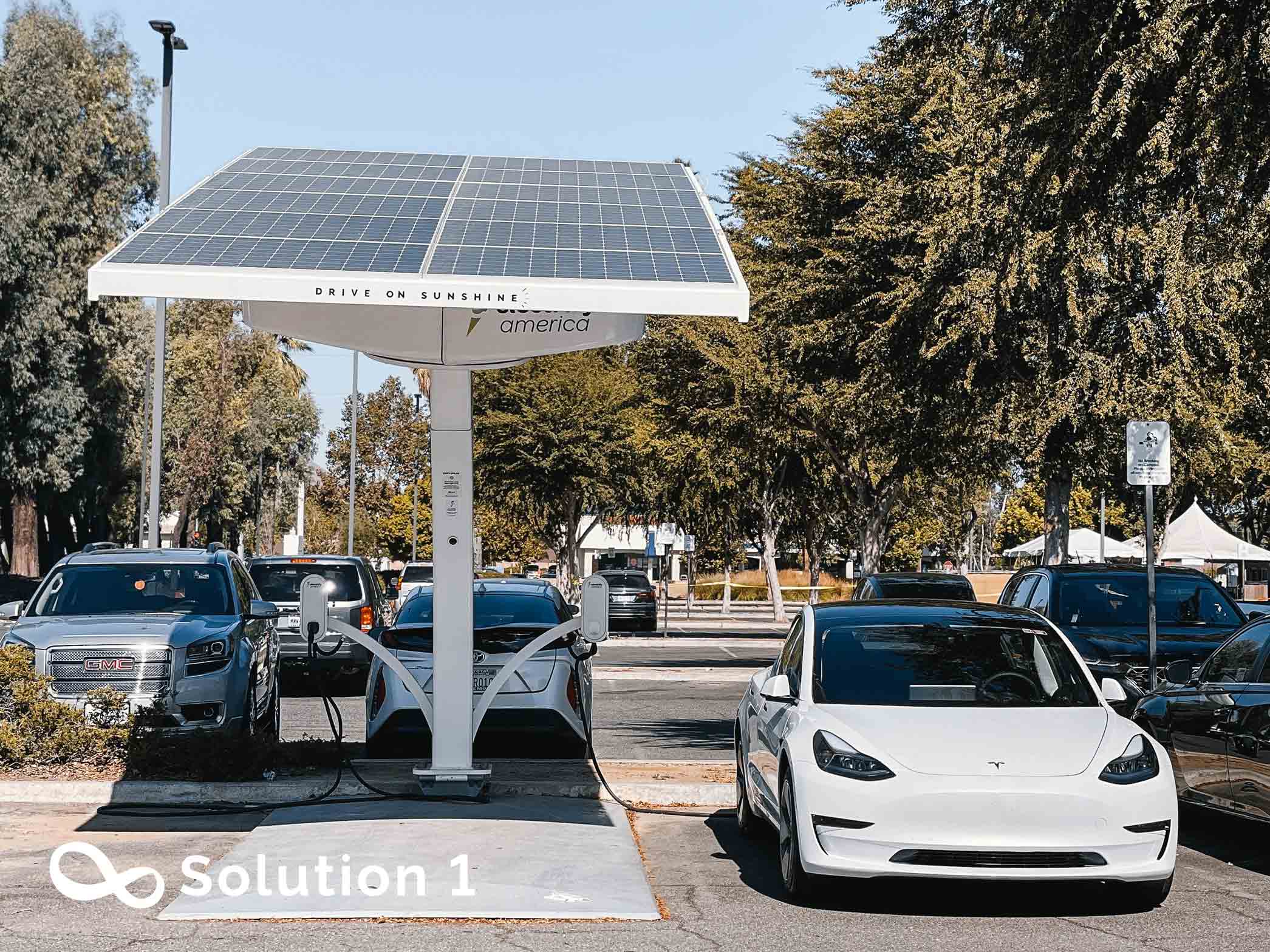Analysis of the Potential Transformation in the Automotive Industry with Tesla’s Robotaxi Launch and Looser Self-Driving Regulations
Tesla will formally roll out its first unattended Robotaxi fleet in Austin, Texas, on June 22, 2025, and plans a factory-to-home fully autonomous vehicle-delivery demonstration on June 28. The timing coincides with a congressional review of the Accelerating Autonomous Vehicles Act, suggesting that the federal government may soon unveil the first unified regulatory framework for high-level autonomous vehicles. As testing, business model transformation, and regulatory relaxation progress in parallel, the global automotive industry is poised for upheaval.
- Technical maturity versus regulatory gaps
By spring 2025, Tesla had strategically chosen to operate in Austin, one of the few “loose-then-strict” states where registered and insured autonomous vehicles can operate with minimal red tape. This decision, coupled with their lobbying efforts to replace fragmented state laws with a federal statute, positions them for a successful debut.
If the Accelerating Autonomous Vehicles Act passes, Robotaxi operators would no longer need state-by-state exemptions—a significant boost for expansion and fundraising. Yet, NHTSA has demanded evidence of safety in glare, smog, rain, snow, and other edge cases. Without public data and third-party validation, any major incident during the inaugural service could replay Cruise’s complete shutdown in San Francisco and even derail the legislation.
Tesla prefers a vision-first architecture with optional lidar. Should federal rules drop a lidar mandate, lidar suppliers such as Luminar face a squeeze. If regulations require multi-sensor redundancy, Tesla must revise its hardware, which would increase costs and slow down the scale-up process.
- Business-model shift and financial pressure
Tesla’s core advantage is cost. Elon Musk says, “A Tesla vehicle will cost only 20–25 percent of a Waymo.” Waymo’s retrofitted cars run US$100,000–200,000; Baidu’s sixth-generation Robotaxi hardware costs about RMB 250,000. Tesla’s vertically integrated supply chain and mass production may further lower costs.
Launching Robotaxi marks a fundamental move from selling hardware to providing mobility services. Analysts estimate the cost per mile could fall to US$1.10, undercutting the US$1.17 cost of new-car ownership for sub-prime borrowers and dampening purchase incentives. With Musk’s projection of utilization rising from 5 percent for private cars to more than 50 percent for Robotaxis, the potential revenue and profit are significant.
Upfront capital needs are enormous. At US$42,000 per car, 1,000 vehicles cost US$420 million, plus outlays for monitoring centers, edge servers, customer service, and compliance. Cash-flow break-even could take two to three years. For Tesla, whose share price has slid, Robotaxi is a high-risk, high-return wager: if early ridership and revenue per mile do not scale fast, markets may reprice the cash-flow value of its autonomy vision.
Organisationally, Tesla must establish 24-hour dispatch and monitoring, rapid-response crash teams, passenger support systems, and data exchange links with city governments, reshaping it from a pure electric vehicle (EV) maker into a mobility technology enterprise. This shift in focus may lead to job opportunities in new areas of the automotive industry, such as mobility technology and data exchange, while potentially displacing traditional roles in electric vehicle (EV) manufacturing and sales.
- Industry polarisation and supplier reshuffle
Commercial Robotaxi fleets will boost demand for high-compute chips, redundant power systems, automotive Ethernet, and reliable cooling. This increased demand may lead to a reshuffle in the automotive industry’s supply chain, with new opportunities for Taiwanese PCB manufacturers, power module suppliers, and thermal management firms. If regulators allow high sensor flexibility, lidar penetration might drop, forcing lidar vendors to pivot to trucks or fixed-route domains, creating new market opportunities and challenges in the industry’s supply chain.
Data and AI computing will become monopoly assets. With a million-plus cars feeding data to its Dojo supercomputer, Tesla may secure a lead; traditional automakers lacking mileage data could retreat to L2-plus and highway-truck niches. The value chain may split into algorithm platforms and long-tail component suppliers. If rules remain tolerant of vision-only systems, platform share could reach over 50 percent within five years.
- Global rollout hurdles and regulatory temperature gaps
UNECE has yet to issue a unified L4 Robotaxi rule; European countries review cases individually, and the UK has postponed commercial driverless services to late 2027. China already allows Baidu and Pony.ai to charge in more than ten cities, but it demands local data storage. Tesla would need Chinese HD maps and onshore servers. Australia and South Korea run sandbox laws—Seoul allows limited L4 testing with tax breaks, but still insists on remote monitoring. The Middle East (Abu Dhabi, Dubai) is the most welcoming, offering closed zones, charger subsidies, and 100 percent foreign equity. Tesla will, therefore, focus short-term on North America and the Middle East; progress in Europe awaits changes to the UNECE regulations, while Asia hinges on negotiations over data and tax terms.
- Competitor adjustments
Waymo, utilizing lidar redundancy and expanding gradually, handles approximately 25,000 paid trips per month; if Tesla proves that vision-only is viable, Waymo’s high cost may be questioned. GM has laid off nearly half of the Cruise staff, shifting to Super Cruise assistance and hinting that legacy OEMs favor incremental ADAS until rules are clarified. Chinese brands, such as BYD and SAIC, deploy fleets through local subsidies and seek exports to the Middle East and Southeast Asia, opting for asset-light licensing and city partnerships, in contrast to Tesla’s heavy reliance on self-operation. If Tesla scales quickly with high utilization, it could redefine the valuation of mobility-as-a-service; if not, mixed models might erode its cost edge.
In the long term, the successful commercialization of robotaxis will redraw the value chain, as car sales yield to mobility services, affecting insurance, maintenance, parking, and other related services. The maiden launch and deregulation combine technology, safety, capital, and governance in one experiment. Tesla must prove within six months that no major accidents occur, that ridership and revenue cover operating costs, and that regulators are willing to replicate Texas’s success elsewhere. If all three align, the industry will shift from manufacturing to operations; if any fail, Robotaxi could repeat past failures. Cities and suppliers should participate in sandbox pilots to test and refine their solutions. Still, they should also enforce clear boundaries on hardware redundancy, data transparency, and public-risk funds, ensuring that innovation does not impose irreversible safety costs on society.





